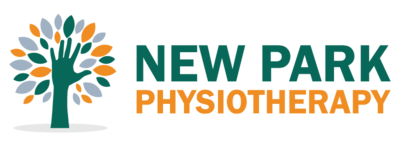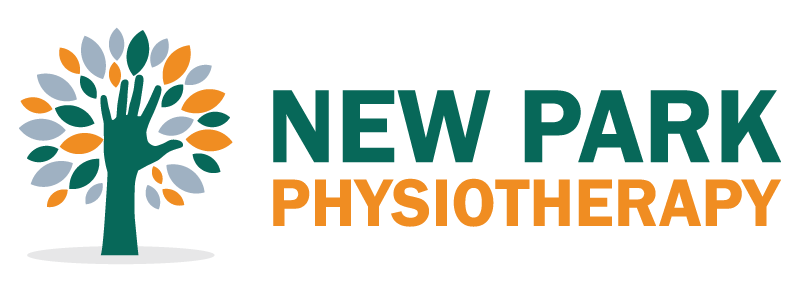News

Miles Podiatry interview for 4-4-2 Magazine " how maintaining feet can improve performance"
Thursday 22nd March 2018
Simon Miles
How can maintaining your feet improve performance?
Toe Flexors – pretty much ignored by most strength and conditioning coaches however the toe flexors, muscles that line the bottom of the foot and are active with every step. Essentially they stabilize the toe joints and curl the toes. Weight training the flexors has been shown to increase vertical jump height, 50 m sprint times and increasing arch height (important for good foot function).
One of the most common football problems relates to the Nails. Nail maintenance is essential, keep the nails short and smooth, make sure those boots fit properly and your not cramming your toes into tight boots that are uncomfortable just because look great on the field. I see lots of footballers feet who have thickened black nails which not only look unsightly but they are painful especially when they rub on boots or are compressed further striking an object such as a football. Blood blisters under the nail are very painful and may need a procedure to release the pressure where you drill through the nail. Regular nail maintenance will reduce nail problems (if you aren’t in pain you can focus on the game), David Beckham was logged to run 14 km in a premier league game and 16 km in an England match, that’s 700 steps (ish) per km. Can you imagine running 9800 steps and being in pain for each one. That has to take your mind off the job at hand.
If you don’t look after them how can this affect performance?
Ill fitting boots will change foot mechanics, this will not only slow you down but will alter the way you move, this will leave you more susceptible to picking up injuries related to poor foot function such as Plantar Fasciopathy or the development of a bunion.
Intrinsic muscles in your feet are essential to keep your joints stable, reduced stability can lead to injury (don’t inhibit them by cramming them into boot that doesn’t fit) and don’t forget to give them a work out too.
BIG TOE BIG DEAL (this is an under utilized power house in the foot ) full range of motion is essential which will lead to free speed. Being able to fully bend the big toe freely will allow what we call at the clinic “ high gear “ propulsion, inhibit this and we naturally switch to a lower gear which is not as efficient.
Can you self massage our feet?
Yes, a great little tool is a foot roller called a Pediroller, its specially designed to massage the underside of the foot. You can also freeze it to add an anti inflammatory aspect to your massage. If you don’t have one of these a rolling pin is a fine second best, or more specifically and my fav is a hockey ball. Its totally smooth and allows you to trigger point your foot working out the sore areas. Its totally worth experimenting, try a squash ball, tennis ball or even a tin of beans. Often when you start massaging your feet its really sore, but regular care will see this tightness and soreness greatly reduce and massage will be far more bearable.
Can you iron our tightness with a trigger point ball?
Yes, get one and try it, trigger points are thought to be knots in the muscle that can cause pain to be referred into other areas not just where the knot Is located. Usually you can find these knots by rolling a muscle on a ball and finding a particularly sore small spot. If you have a foam roller these are great for “ironing out” general tightness in muscles and they are so versatile, but there is no harm in being more specific trigger point ball.
When should I use hot / cold therapy ?
Use cold for an acute injury (0-72 hours after injury), 10 mins is generally accepted. You must let the skin recover before re applying and don’t place the ice directly onto a body part, use a towel or cloth to protect the skin. Ice is a “ vasoconstrictor “ it reduces blood flow, reduce inflammation and reduce pain associated with inflammation. Also if you suffer with overuse injuries such as tendon pain or joint swelling ice can be handy for pain reduction in these cases. Heat essentially does the opposite it opens up the vessels and encourages blood flow, this can loosen tight tissues and after an acute injury has stopped bleeding internally, heat can be used to help regain some flexibility. Never place heat on an acute injury it will encourage blood flow leading to greater haemorrhage leading to longer recovery time.
Should you moisturize ?
Yes, definitely, training in harsh winter conditions can remove moisture from our feet. Without moisture in the skin a hard layer can build up as a by-product of excessive pressure and torsional forces. On one hand its important as the body produces this hard skin as a protective layer, however it can also become painful as it doesn’t flex and give like normal skin. When our feet dry out this hard skin build up comes on quicker than normal due to loss of moisture. So if we use Urea based creams we can put back into the skin the moisture component and keep hard skin away for longer.
Best way to tape your feet to avoid blisters on your toes?
Moisture + friction = blisters. Blisters can occur from some kind of mechanical foot problem or the boots just don’t fit right. Get it checked out. Otherwise use a Compeed plaster and Mefix tape to cover over an area. Moisture and friction reduction is important to heal the tissue and reduce pain.
Any qwerky tips or tricks people have used to maintain their feet?
Haha I can’t recommend any qwerky tips but I have herd of people urinating on their own feet to reduce smelliness, strapping banana skin to their verruca’s to try and rid themselves of this menace or soaking feet in tea to reduce sweating. People are nuts !!!


